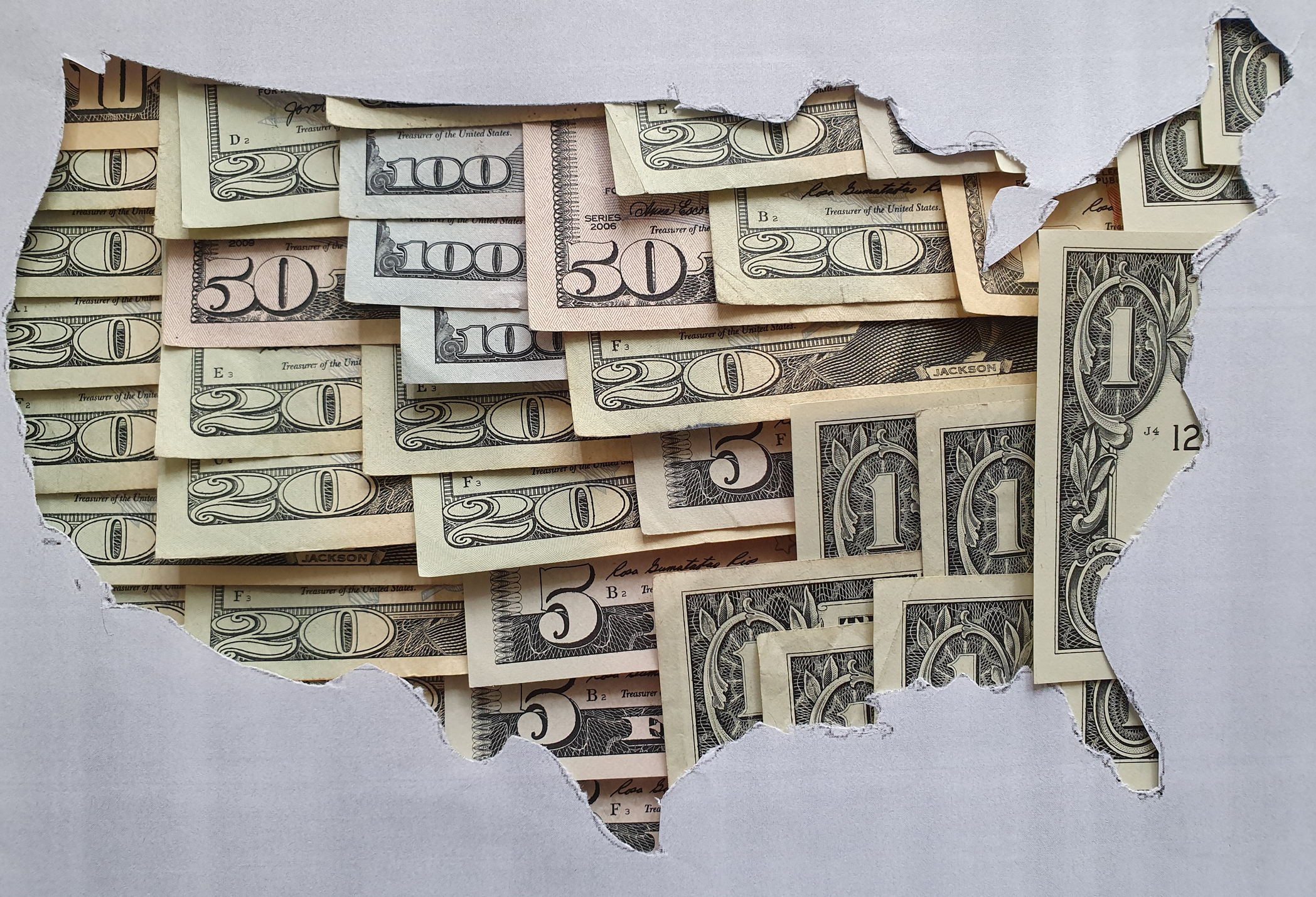New Rules on Home-Sale Profits
Two groups of homeowners face new rules on tax-free profits when they sell their property.

One of the greatest tax breaks for homeowners -- in addition to being able to deduct property taxes and mortgage interest -- is the ability to claim tax-free profits on the sale of a principal residence.
Individuals can exclude up to $250,000 of profit and married couples filing jointly can exclude up to $500,000 of profit when they sell a house that they lived in for at least two out of five years prior to the sale. Two recent changes in the tax code affect the home-sale exclusion rule as it applies to widows and widowers and to owners of vacation homes.
Previously, the full $500,000 exclusion could be claimed by a surviving spouse only if the home was sold in the year that a joint return was filed, which generally is limited to the year when the spouse dies. But starting in 2008, a surviving spouse may exclude up to $500,000 of profit from the sale of the principal residence if the sale occurs within two years of the spouse’s death.

Sign up for Kiplinger’s Free E-Newsletters
Profit and prosper with the best of expert advice on investing, taxes, retirement, personal finance and more - straight to your e-mail.
Profit and prosper with the best of expert advice - straight to your e-mail.
If you own a vacation home, get ready to say goodbye to a sweet deal. Under current law, people who make a vacation place their principal residence for at least two years before they sell it may take advantage of the full $250,000/$500,000 exclusion of profits from the sale of the home. But if you turn your vacation home into your principal residence after 2008, part of the home-sale profit will be taxed. Any gain that occurs during the time you owned the house after 2008 and did not use it as your principal residence won’t qualify for the home-sale exclusion.
For example, say you bought a vacation home in 2000, turned it into your primary residence in 2011 and sold it in 2015. In this case, one-eighth of the profits would be taxable (assuming your overall profit did not exceed the $250,000/$500,000 tax-free limit). That's because the home was not your primary residence for two years after 2008 (2009 and 2010) before you converted it to your principal residence. Therefore, the appreciation that occurred during two of the 16 years that you owned the property would not qualify for tax-free treatment.
The change may not affect those who have more than $250,000/$500,000 of appreciation, says Harris Abrams, senior tax analyst for the tax and accounting business of Thomson Reuters. That's because the change reduces the portion of the gain that is eligible for the exclusion; it does not reduce the maximum exclusion amount. Any appreciation in excess of the $250,000/$500,000 exclusion limits would be taxed at capital-gains rates.
Get Kiplinger Today newsletter — free
Profit and prosper with the best of Kiplinger's advice on investing, taxes, retirement, personal finance and much more. Delivered daily. Enter your email in the box and click Sign Me Up.

-
 Designing Your 'Immortal' Financial Plan
Designing Your 'Immortal' Financial PlanExplore an approach that offers solutions for those navigating the intersection of longevity, fulfillment and financial security.
By Dennis McNamara
-
 How to Protect Your Privacy While Using AI
How to Protect Your Privacy While Using AIHow to keep your information and finances safe while using AI, including ChatGPT and Perplexity.
By Bob Haegele
-
 Which Generation Pays the Most Taxes in the US?
Which Generation Pays the Most Taxes in the US?Tax Burden Polls show that most people feel like taxes are unfair. But which age group bears the brunt of the tax burden in the United States?
By Kelley R. Taylor
-
 Tax Day 2025: Don’t Miss These Freebies, Food Deals and Discounts
Tax Day 2025: Don’t Miss These Freebies, Food Deals and DiscountsTax Day You can score some sweet deals on April 15 in some select restaurants like Burger King, Shake Shack, and more.
By Gabriella Cruz-Martínez
-
 Tax Time: Does Your Kid Influencer Owe Taxes?
Tax Time: Does Your Kid Influencer Owe Taxes?State Tax Some minors are making big money on social media. Here’s how to know if they need to file taxes.
By Gabriella Cruz-Martínez
-
 Free IRS Tax Filing for 30 Million People: Will It Continue Under Trump?
Free IRS Tax Filing for 30 Million People: Will It Continue Under Trump?Tax Filing Direct File was piloted last year in 12 states and has since expanded to 25. But some wonder whether the program will last under the Trump administration.
By Gabriella Cruz-Martínez
-
 How Caregivers for Adults Can Save on Taxes in 2025
How Caregivers for Adults Can Save on Taxes in 2025Tax Breaks Caring for your parent or spouse can be stressful, but the IRS offers tax breaks for qualifying taxpayers. Here they are.
By Kate Schubel
-
 U.S. Treasury to Eliminate Paper Checks: What It Means for Tax Refunds, Social Security
U.S. Treasury to Eliminate Paper Checks: What It Means for Tax Refunds, Social SecurityTreasury President Trump signed an executive order forcing the federal government to phase out paper check disbursements by the fall.
By Gabriella Cruz-Martínez
-
 IRS Layoffs Spark Delays, Doubt This Tax Season
IRS Layoffs Spark Delays, Doubt This Tax SeasonTax Season Tax experts say Trump’s downsizing of the IRS is already causing problems.
By Gabriella Cruz-Martínez
-
 States with the Highest Income Tax Rates for Retirees
States with the Highest Income Tax Rates for RetireesState Tax You may reconsider living and retiring in one of these states due to high taxes.
By Kate Schubel